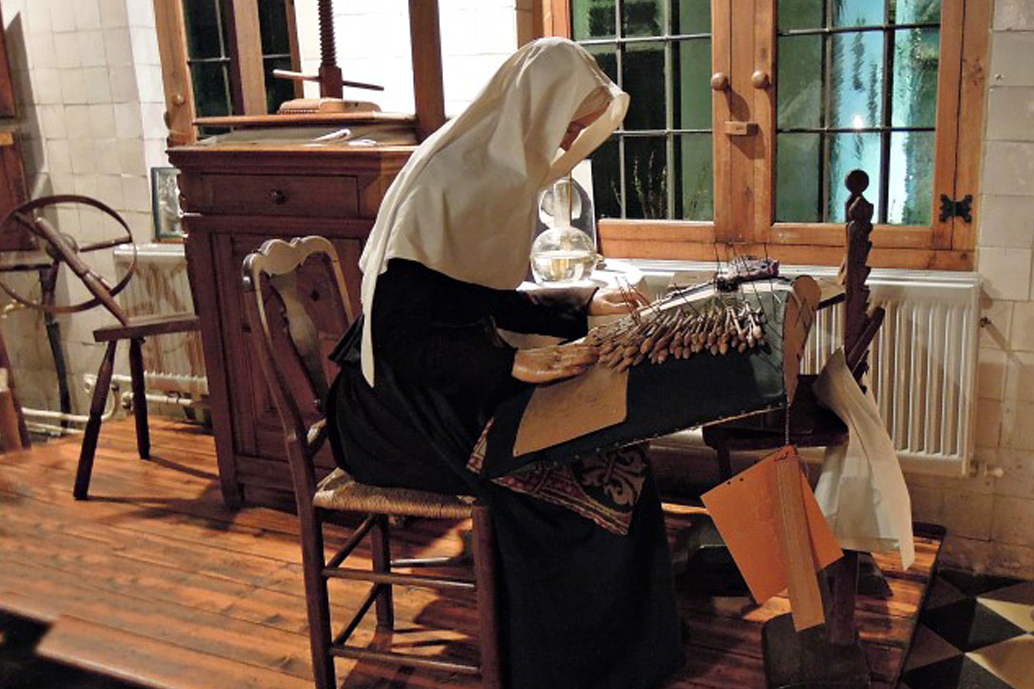Tanner’s Day – also known as St. Andrew’s Day – falls on the 30. November. It used to be a holiday celebrated by the lace makers in Bedfordshire. The tradition might go back to Catherine of Aragon.
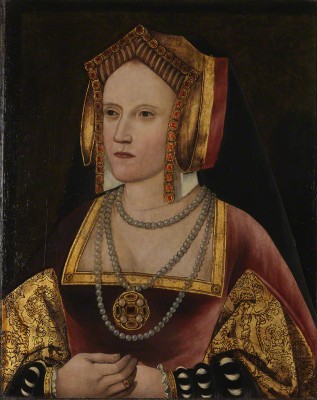
Catherine of Aragon (first wife of Henry VIII) was known as a very proficient needlewoman. We know, she made the shirts of her husband to perfection. She was staying at Ampthill Castle in 1533, when she was served the final notice of the king’s banishment. Later she was transferred to Kimbolton Castle in 1534.
It is believed that she taught lacemaking to the village women during her stay in Ampthill, and that this was the start of the production of ‘Ground lace’ in Bedfordshire together with Buckinghamshire and Northamptonshire.
Whether or not she had a hand in the introduction of lace-making into the region, cannot be documented. And it is a fact that paintings of her do not show any use of bobbined lace on her clothes. Rather her shifts appears to be bordered with embroidered braids, which may have been adorned with picots. Or they were simply made with so-called Spanish Stitch – worked with black silk and gold on white linen.
It is a fact, though, that lacemaking afterwards was an important income for inmates and children in the poorhouses in the Midlands.
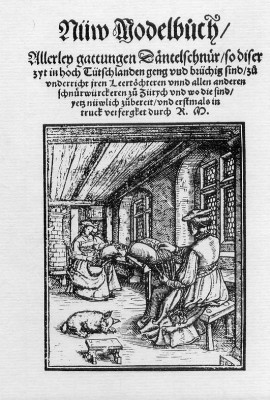
Grounded lace is made with bobbins or thread carriers and following patterns pricked out on parchment or strong cards. The lace was worked through weaving, plaiting and twisting the threads, which were held in place with pins according to the pricked pattern fastened to a pillow. Pins were typically made of brass. ‘Ground Lace’ or “plaited lace” was different from ‘Point lace’, or ‘needle lace’ where embroidered motives were cut out and linked (also called cutwork). While medieval lace-making is known of from medieval convents, lacework for more profane uses came into fashion around 1450. Early evidence of simple plaited or braided laces can be found in the 15th century, like those, which have been found in the church of Riddarholmen in Sweden. Probably the first time instruments for working bobbin lace are mentioned is in a an Italian instrument of portion between two sisters, Angela and Ippolita Sforza Visconti, from 1493. Apart from a number of textiles, which are obviously made with sown laces, we hear about “tarneta una d’oro et seda negra fact da ossi” – a lace of gold [thread] and black silk made with ‘bones’. Initially bobbins were made of chicken bones, and they used to be called ‘osso’ or ‘ossoletto’ in Northern Italy.
However, it is probably first with the Nüw Modelbuch from 1561 (printed in Zürich) we can know that bobbin lace had become fashionable. On the cover two women are shown lace making with pillows, bobbins and needles.
One of the curious traditions of lace makers in the Midlands is the fact that St. Andrew was their patron saint. Hence, lace makers used to meet on the 30th of November at what was later called the “Tandering Feast”.
It is perhaps pertinent to the legend concerning St. Catherine, that the church in the village of Ampthill was dedicated to St. Andrew. But we shall probably never really know.
SOURCE:
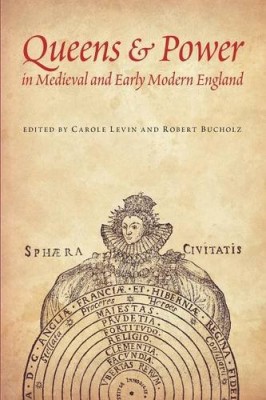 Queens and Power in Medieval and Early Modern England
Queens and Power in Medieval and Early Modern England
By Carole Levin and R. O. Bucholz
University of Nebraska Press 2009
ISBN-10: 0803229682
ISBN-13: 978-0803229686
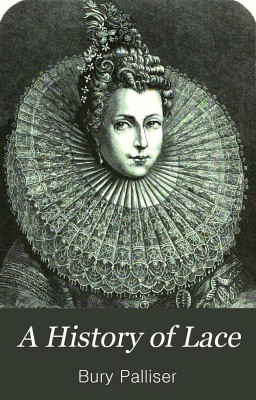 A History of Lace
A History of Lace
By Bury Palliser
London, Sampson, Low, Son and Marston 1869 (1875)
